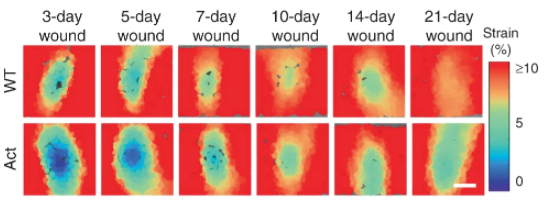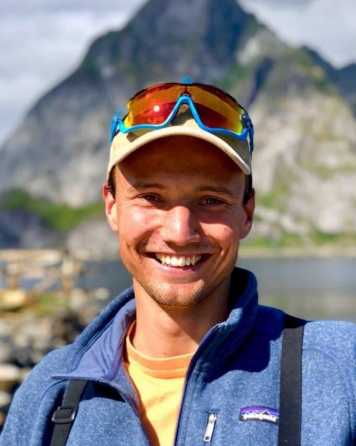Multiscale Characterization of Skin
Multi-scale characterization of skin
On the macro-scale (mm to cm), the mechanical properties of skin have been investigated using a wide range of techniques of fundamentally different working principles. A few examples are uni-,bi- and multi-axial tension, dynamic shear loads, indentation and suction loads, among many others. A substantial amount of work has been devoted to assessing the working principle of macroscopic skin characterization devices individually, but a rationalization and comparison between them is still missing.
On the cellular length-scale, it is now widely accepted that the cells residing in the extracellular matrix (ECM) observe and react to the mechanical environment of the surrounding tissue. Essentially, the cells maintain the mechanics of the ECM through a continuous process of degradation, synthesis and organization of the different components, making the modelling of skin at this length scale a challenging task. Experimentally, the mechanical properties on the cellular length scale can be explored by nanoindenting the tissue using atomic force microscopy (AFM) in correspondence with Hertzian theory from classical mechanics.
Ageing of skin
Ageing remains an inevitable part of life. As the life expectancy is increasing with fast pace worldwide, the consequences of ageing become more evident than ever before. With possible major implications on personal health and reconstructive tissue engineering, the ageing of skin has received increasing attention over the last decades. Although the research on age-related diseases has seen great progress, many questions regarding basic mechanisms of ageing remain unanswered. This research project therefore aims to resolve the existing scale-dependent inconsistencies and provide a complete understanding of the mechanics of ageing skin.
Mechanics of a healing wound
The nature of a healing skin wound is extremely complex, and involves an intricate interplay between an astonishing number of different biological processes and mechanical cues. Although the biology of wound healing has received extensive attention over the last decades, many questions remain unanswered with respect to the contribution from mechanotransduction. More specifically, this project aims to explore the role of active cellular contractions to the wound mechanics.

Project Lead

Håvar Junker
Collaborations
This work is part of the research consortium external page SKINTEGRITY.CH.
Funding
This project receives financial support from external page SKINTEGRITY.CH.